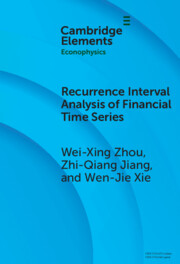In this paper we are concerned with a model in econophysics, the subfield of statistical physics that applies concepts from traditional physics to economics. Our model is an example of an interacting particle system with disorder, meaning that some of the transition rates are not identical but rather drawn from a fixed distribution. Economical agents are represented by the vertices of a connected graph and are characterized by the number of coins they possess. Agents independently spend one coin at rate one for their basic need, earn one coin at a rate chosen independently from a distribution ϕ, and exchange money at rate µ with one of their nearest neighbors, with the richest neighbor giving one coin to the other neighbor. If an agent needs to spend one coin when his/her fortune is at 0, he/she dies, i.e. the corresponding vertex is removed from the graph. Our first results focus on the two extreme cases of lack of cooperation µ=0 and perfect cooperation µ = ∞ for finite connected graphs. These results suggest that, when overall the agents earn more than they spend, cooperation is beneficial for the survival of the population, whereas when overall the agents earn less than they spend, cooperation becomes detrimental. We also study the infinite one-dimensional system. In this case, when the agents earn less than they spend on average, the density of agents that die eventually is bounded from below by a positive constant that does not depend on the initial number of coins per agent or the level of cooperation.
